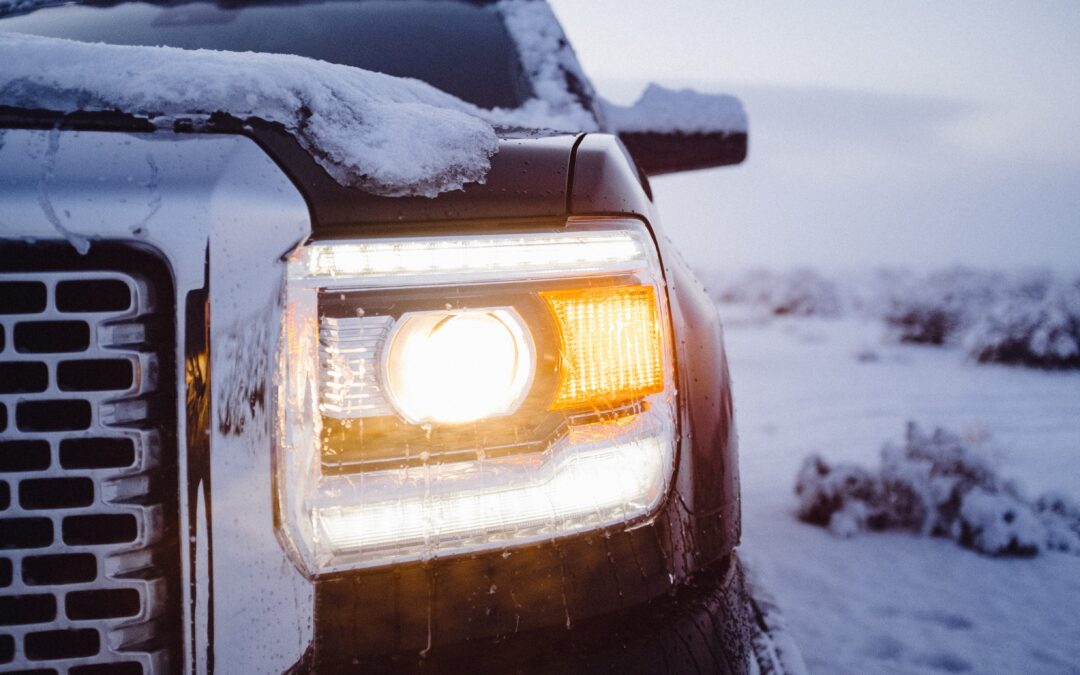It may have just recently changed seasons, but winter has the tendency to sneak up on everybody. Though it feels a little premature, it’s never too early to start getting yourself prepared. Whether you’re a long-time veteran of driving in snow or somewhat of a newbie, here are our best tips for getting your vehicle ready for winter.
1. Check your antifreeze levels – before winter hits.
In typical weather conditions, your antifreeze to water ratio should be about 50/50. However, as the weather starts to change, so should your ratio. When winter starts approaching, it’s best to have your antifreeze to water ratio at around 60% antifreeze, 40% water. This will help to protect your engine from most winter weather; if you happen to live in a much colder climate, you can change your antifreeze level to 70% and the water to 30%. That should protect you from the harsh winter weather, and that’s exactly what you need.
2. Go ahead and have a check-up on your vehicle.
No matter the weather, your vehicle still needs to be checked from time to time. The recommended amount of time between tune-ups is 30,000 miles, so it’s best to adhere to that schedule. Make sure the oil level is alright, your brakes are in good shape, and your wiring and belts are all fully functional. If there are any existing problems, it’s better to find them before anything bad happens.
3. Is your heater still working? Let’s hope so!
Along with the internal mechanisms of your car, make sure your heating system is working. The last thing you want is to have your heater go out on the coldest day of the year!
4. Don’t have an empty gas tank during the winter.
There are many arguments on both sides of this issue, but it’s better to be safe than sorry: don’t let your gas tank get below half empty during the winter. The cold weather can cause condensation to form in the gas tank; once this condensation drips into the gas, those water droplets sink to the bottom. These droplets can cause issues in your gas tank, and they can end up damaging your fuel pump. To avoid any extra issues, try to keep your gas tank as full as possible.
5. Add any de-icing materials to your road trip toolkit and have them accessible!
Salt, an ice scraper, a shovel, and kitty litter are all great things to add to your emergency kit. Why kitty litter, you ask? When it snows this winter and your tires can’t get any traction on the road, sprinkle the litter in front of the tires. This can help you get out of some sticky situations. Essentially, anything that could protect you from the cold or get you out of an icy predicament this winter is something to add to your road trip toolkit. Make sure to put everything in there before winter really hits, though!
As winter approaches, we’re committed to keeping our drivers safe. All of us here at Horizon Transport wish you safe travels and lots of warmth this winter!
